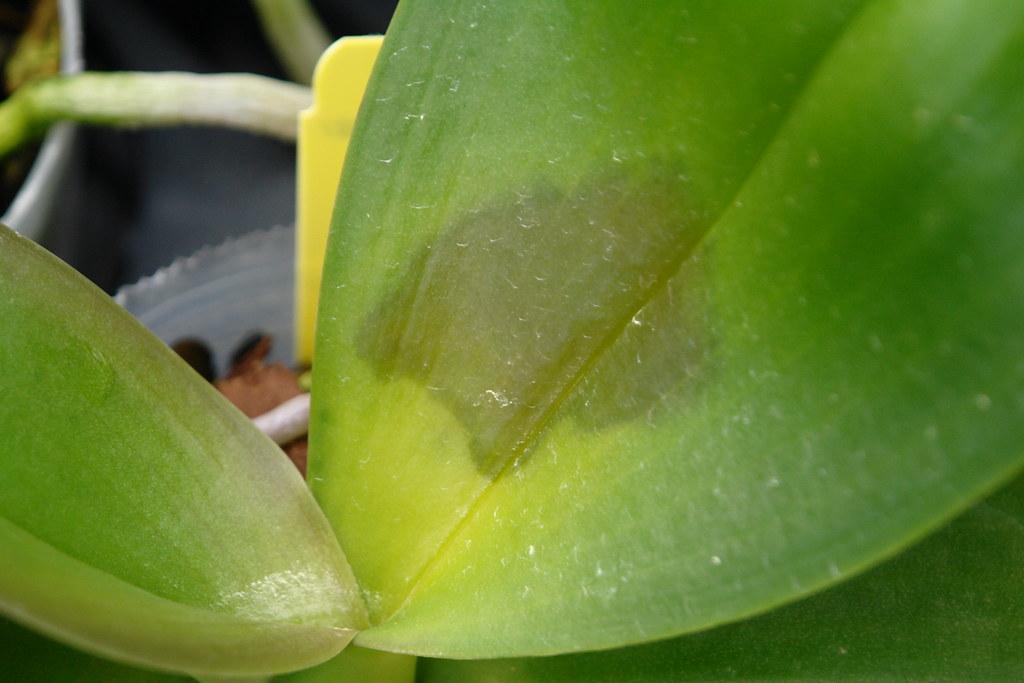
Bacterial soft rots leaf spots blights wilts
Erwinia spp.
Also Known As - Bacterial soft rotWhat is Bacterial soft rot (Erwinia spp.)?
Bacterial soft rot, caused by Erwinia spp., is a worldwide plant disease affecting potato, carrot, eggplant, squash, and tomato. It causes water-soaked lesions that turn slimy, leading to tissue discoloration, collapse, and a foul odor. This highly destructive disease results in wilting and plant death.
How does Bacterial soft rot (Erwinia spp.) occur?
Erwinia spp. bacteria can enter plants through wounds, natural openings, or by infecting roots. Once inside the plant, they start to grow and reproduce by releasing enzymes that break down plant tissues. These bacteria can survive for a long time in soil, plant debris, and tools used in plant production. In wet conditions, the bacteria can spread through water, insects, and other means. They can also be introduced into healthy plants through contaminated soil, water, or plant material. Erwinia spp. can reproduce quickly, leading to the rapid spread of the disease within a plant or among plants in a production facility.
Symptoms
1 - Plant Damage
The pathogen causes significant damage to plants, leading to reduced growth, wilting, leaf spots, soft rot, and even death.
3 - Soil Health
It can affect soil health by reducing the availability of nutrients and disrupting soil microbial communities. The buildup of plant debris can also contribute to soil-borne diseases, leading to reduced crop yields.
Solutions
1 - Preventions
• Practice good hygiene by promptly removing and destroying infected plant material. • Use disease-free seeds and transplants from reputable sources. • Rotate susceptible crops with non-host plants to break the disease cycle. • Avoid overhead watering and opt for drip irrigation or watering at the base of plants. • Handle plants with care to minimize mechanical injury and wounds. • Clean and sterilize tools to prevent the spread of bacteria. • Plant resistant cultivars whenever available to reduce susceptibility.
2 - Biological Control
• Beneficial microorganisms that are used include Bacillus subtilis, Trichoderma spp., and Pseudomonas fluorescens. • These organisms can be applied to plants as soil drenches or foliar sprays, providing long-term control of fungal diseases without negative environmental impacts. Consult with local agricultural experts or extension services for appropriate chemical control options.
3 - Chemical Controls
• In severe cases, consider the use of bactericides or antibiotics following recommended guidelines. • Consult with local agricultural experts or extension services for appropriate chemical control options.
